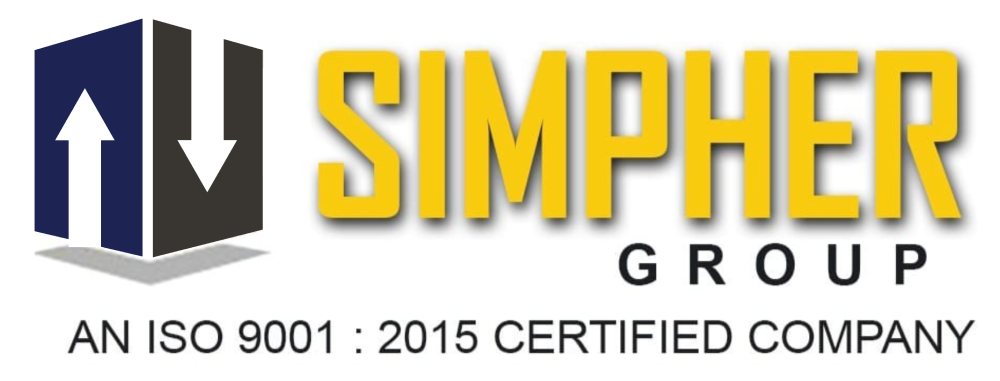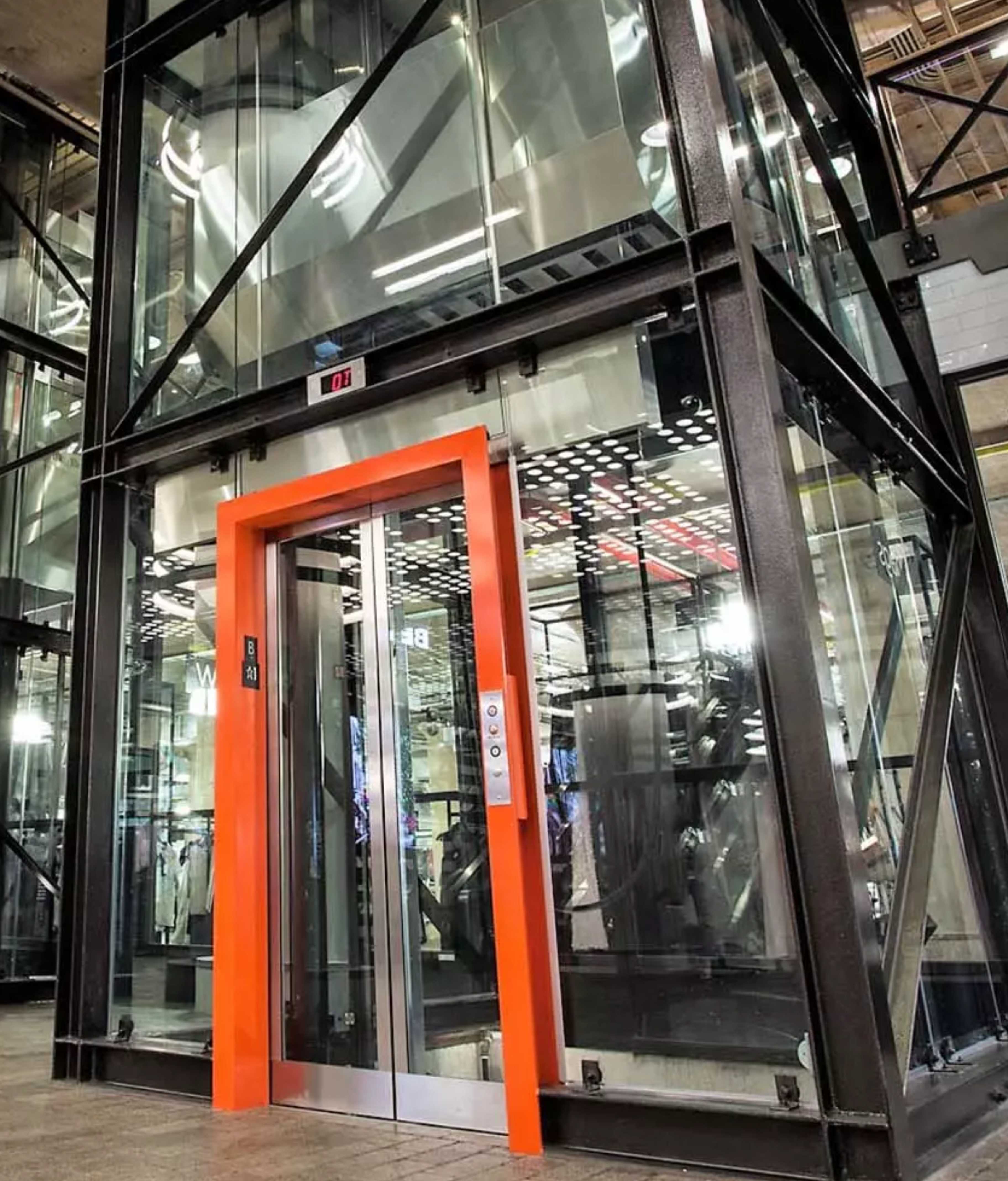
L.O.P Design.
Introduction:
In the ever-evolving landscape of business operations, companies are constantly seeking ways to optimize their processes and improve overall efficiency. One approach that has gained prominence in recent years is the implementation of Lean, Agile, and Process (L.O.P) design principles. This case study delves into how Simpher Group, a leading player in the industry, embraced L.O.P design to streamline its operations, enhance productivity, and drive sustainable growth.
Background of Simpher Group:
Simpher Group is a renowned name in the [industry name] sector, known for its commitment to innovation, quality, and customer satisfaction. With a diverse portfolio of products/services and a global presence, the company has demonstrated its dedication to staying ahead of market trends and delivering value to its stakeholders.
Lean Principles at Simpher Group:
Lean principles focus on minimizing waste, optimizing processes, and creating value for customers. Simpher Group adopted these principles by identifying and eliminating non-value-added activities from its operations. Through rigorous analysis, the company identified bottlenecks, redundancies, and inefficiencies within its production, supply chain, and customer service processes. By implementing lean techniques such as Value Stream Mapping, 5S, and Kaizen, Simpher Group achieved significant reductions in lead times, improved resource utilization, and enhanced overall process flow.
Agile Methodology Implementation:
Agile methodologies emphasize adaptability, collaboration, and iterative development. Simpher Group recognized the importance of responding to market dynamics swiftly and effectively. By embracing agile principles, the company restructured its project management and development processes. Cross-functional teams were empowered to work collaboratively, enabling faster decision-making and more flexible project execution. The result was improved product/service innovation cycles, quicker time-to-market, and enhanced customer engagement.
Process Optimization and Enhancement:
Process optimization is at the core of L.O.P design. Simpher Group undertook a comprehensive review of its end-to-end processes, seeking opportunities for improvement. By reengineering workflows, automating routine tasks, and implementing advanced analytics, the company achieved enhanced accuracy, reduced cycle times, and heightened operational visibility. This optimization effort not only positively impacted internal efficiency but also contributed to higher customer satisfaction through improved service levels.
Results and Benefits:
The integration of L.O.P design principles yielded tangible benefits for Simpher Group. Key outcomes included:
- Substantial reduction in lead times and production costs.
- Increased capacity utilization and resource allocation efficiency.
- Enhanced ability to adapt to market changes and customer demands.
- Improved collaboration among teams, fostering a culture of continuous improvement.
- Elevated customer satisfaction and loyalty due to streamlined processes and faster response times.
Conclusion:
Simpher Group's journey toward embracing L.O.P design principles underscores the transformative potential of these methodologies in optimizing business operations. By adopting Lean, Agile, and Process design, the company not only achieved operational excellence but also fortified its position as an industry leader. The success story of Simpher Group serves as an inspiring example for other organizations seeking to drive efficiency, innovation, and growth through L.O.P design.




